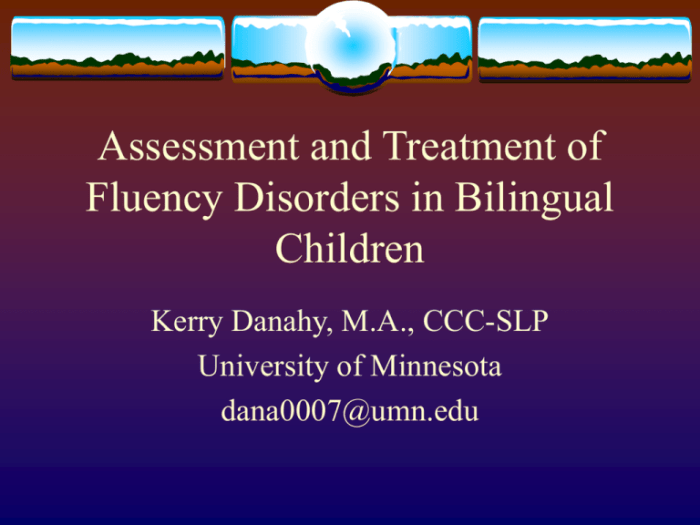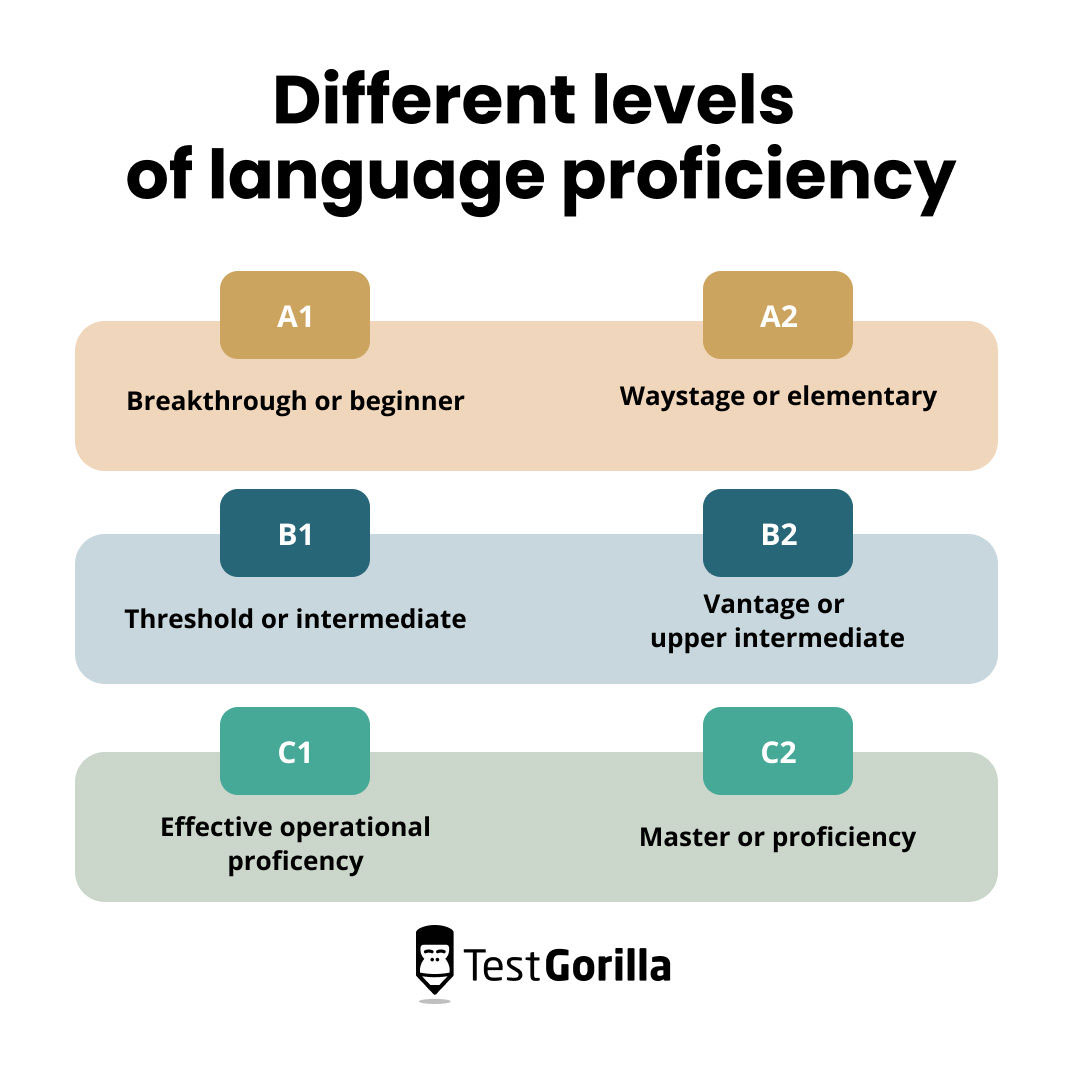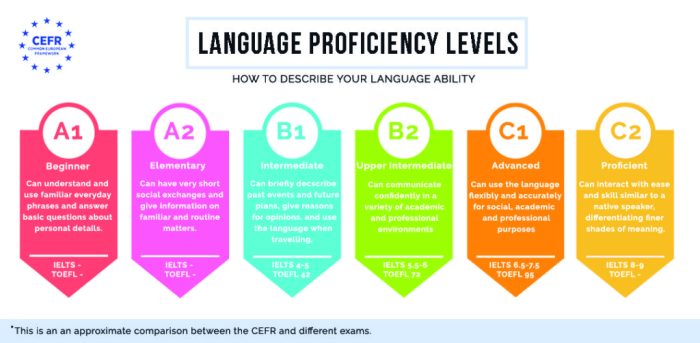Bilingual fluency assessment for clinicians is a critical aspect of providing effective care to bilingual patients. It enables clinicians to accurately assess language proficiency, identify communication barriers, and develop appropriate interventions. This guide provides a comprehensive overview of bilingual fluency assessment, including methods, considerations, and best practices.
Understanding the nuances of bilingual fluency is essential for clinicians working with diverse populations. By utilizing reliable and valid assessment tools, clinicians can ensure accurate diagnosis, effective treatment planning, and improved patient outcomes.
Overview of Bilingual Fluency Assessment for Clinicians

Bilingual fluency, the ability to communicate effectively in two or more languages, is crucial in clinical settings. Reliable and valid assessment tools are essential for clinicians to evaluate bilingual proficiency accurately.
Methods for Assessing Bilingual Fluency, Bilingual fluency assessment for clinicians
- Standardized Tests:These tests measure fluency through tasks like oral interviews, written translations, and comprehension exercises.
- Qualitative Approaches:These involve observing language use in natural settings, such as conversations or role-plays.
Each method has its advantages and limitations, depending on factors like assessment purpose, time constraints, and the client’s comfort level.
Considerations in Bilingual Fluency Assessment
Factors influencing bilingual fluency include:
- Age of language acquisition
- Language proficiency levels
- Cultural background
Clinicians should also consider the assessment context and purpose to select appropriate tools.
Designing a Bilingual Fluency Assessment
| Component | Rationale |
|---|---|
| Background Information | Gather demographic and language history data. |
| Oral Proficiency Assessment | Evaluate speaking and listening skills through interviews or role-plays. |
| Written Proficiency Assessment | Assess reading and writing skills through translations or essays. |
| Contextualized Language Assessment | Observe language use in real-world settings. |
Interpreting and Using Bilingual Fluency Assessment Results
Assessment results provide insights into:
- Bilingual proficiency strengths and weaknesses
- Language dominance
- Language preferences
Clinicians can use these results to inform treatment plans, provide language support, and advocate for bilingual clients.
Commonly Asked Questions
What is the purpose of bilingual fluency assessment?
Bilingual fluency assessment aims to determine an individual’s proficiency in two or more languages, identify communication strengths and weaknesses, and assess their ability to use language effectively in different contexts.
What factors influence bilingual fluency?
Factors such as age of language acquisition, language exposure, cultural background, and individual cognitive abilities can all influence bilingual fluency.
What are the different methods used for bilingual fluency assessment?
Various methods are employed, including standardized tests, qualitative approaches (e.g., interviews, observations), and dynamic assessment techniques that involve interactive tasks.

